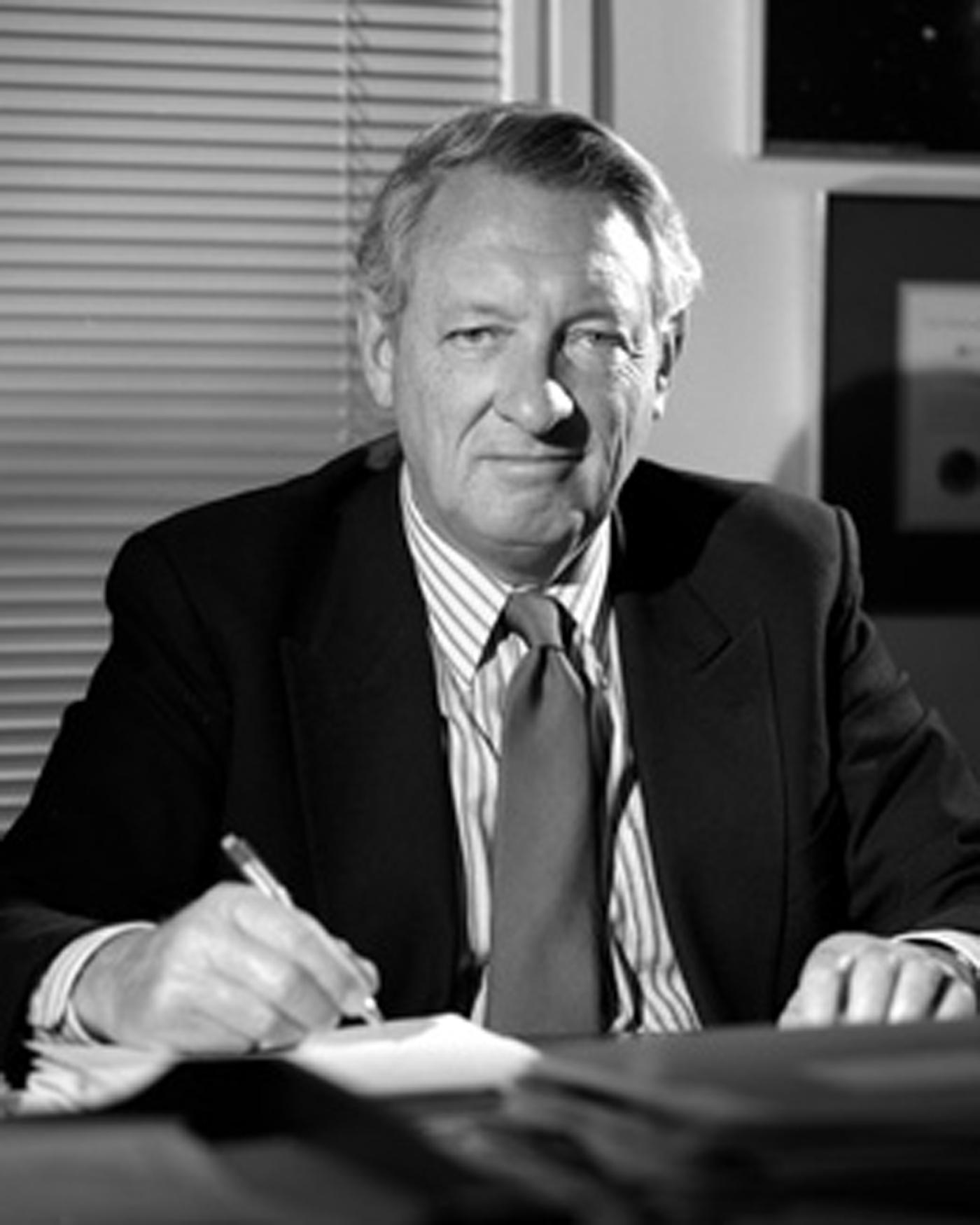
John Billingham, who transformed SETI from an occasional experiment into a systematic program, unexpectedly passed away on August 4th. He was 83 years old.
Billingham studied medicine at Oxford University in his native England, an unconventional background for someone so intimately connected with the search for extraterrestrial intelligence. But he quickly combined his formal training with an enthusiasm for the burgeoning space program of the 1960s, and went to work for the Royal Air Force – and eventually NASA – to help design protective astronaut suits and other spaceflight technology.
In 1965, he became Chief of the Biotechnology Division at NASA Ames Research Center in California, where he was exposed to a novel research area called exobiology – the possible existence of extraterrestrial life and how it might be discovered. One approach Billingham found especially intriguing was to scan the sky for signals from societies at great distances, a scheme eventually known as SETI. This idea had been pioneered by radio astronomer Frank Drake several years earlier.
Captivated by the prospect of detecting sentient beings elsewhere in the cosmos, Billingham joined with Barney Oliver – then director of research and development at the Hewlett Packard corporation – to organize a joint summer design study of the technology and science of SETI. Two dozen academics spent three months considering what sort of equipment was needed to make a serious, systematic search for signals, and where they should point the antennas. Their conclusions, published as “Project Cyclops,” became the bible of SETI research for decades to come, and are still important today.
Inspired by the practicality of implementing a serious search, Billingham went on to start the NASA SETI program, and headed that effort from its inception in the 1970s until its cancellation by Congress in 1993. It was during this period of rapid technical development and increased awareness of SETI by academia and the public that the SETI Institute was founded. Although Billingham retired from NASA soon after its SETI efforts were halted, he kept in close touch with the discipline he helped incubate by becoming a member of the SETI Institute’s Board of Trustees. In 2009, he was inducted into the Ames Research Center Hall of Fame as the acknowledged “Father of SETI” at NASA.
In addition to these foundational efforts, JB (as he was known to colleagues) promoted international conferences devoted to this research, published 85 articles on the subject, and instigated the formation of a SETI special interest committee within the International Academy of Astronautics. He was also very much concerned with the public reaction to a SETI detection, helping to formulate procedures that would guide the research community in the event of a detected signal.
With his trademark humor and polished British accent, Billingham captained the ship of NASA’s SETI program with style and efficiency. His passing is a major loss to those who knew him, and to the discipline to which he contributed so much.
A Message from the Billingham Family
On behalf of the Billingham Family, we want to tell you that John passed away on Sunday morning August 4th at the Sierra Nevada Memorial Hospital in Grass Valley, CA, near our home.
He was a remarkable man who led an extraordinary life. He left this world a better place and touched the lives of so many. His was a life full of strong family ties, joy and happiness, imagination, excitement, achievement, and a distinguished professional career in the world of science, space exploration and medicine.
He will be greatly missed by all.
In the near future, there will be a private memorial event for him.
The family has requested that donations be sent to the SETI Institute.
Thank you for all your thoughts and prayers.
Bob and Graham





